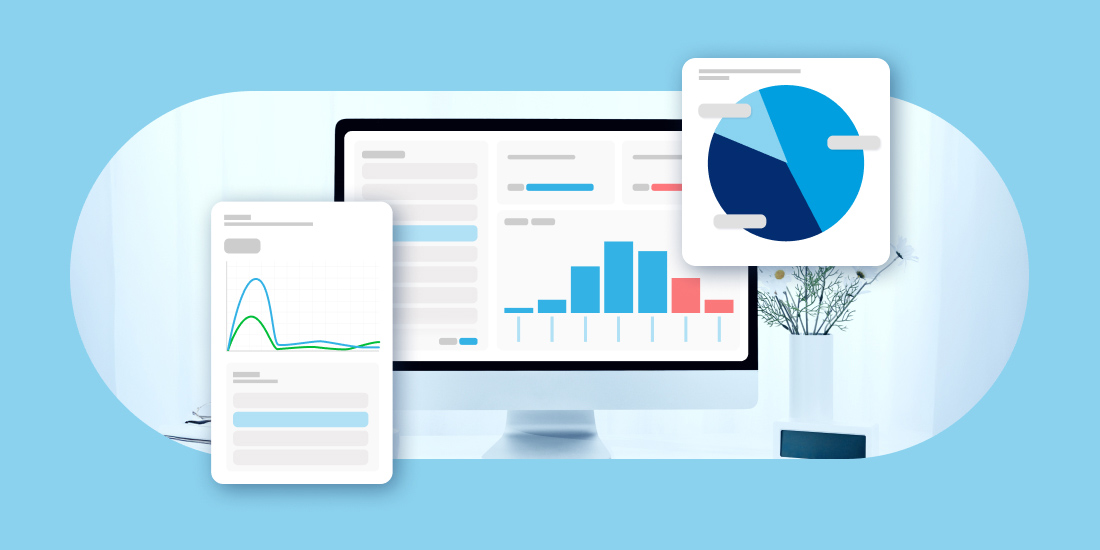According to IBM, every day we create 2.5 quintillion bytes of data.
How big is that written out as a number?
2,500,000,000,000,000,000
Every day!
Finding Important Data is Like Finding a Needle in a Haystack
Finding important data across all the various systems, products and places your data is stored can be extremely difficult, or impossible. That’s due to several reasons.
First, the ever-increasing flood of new data forces your systems to store ever larger amounts of information.
Second, data is typically stored in multiple systems, across multiple products, in multiple locations. Just finding where the data is can be difficult.
Third, web-based and single system search tools are ineffective for searching across the many places, systems and data types your organization uses.
So what’s the secret to finding important data?
Multi-System Search
Or to be more specific, a search tool that enables cross-cloud and cross ecosystem searches and data access.
But before we review multi-system search, let’s take a step back to understand the three general types of search.
The Three Types of Search
In general, there are three types of search. Two are probably very familiar to you, but the third may be less obvious.
- Web based
- Single system
- Multi or cross-ecosystem
Web-based search: These are the “normal” types of more common searches on the internet. Typically Google, Bing or other search engines are used to find web-based data. Included in this group is searches conducted on websites.
Single system search: These are searches inside a single system. Conducting a search in Outlook for any emails sent from a specific person is an example. This search involves a single system (like WordPress, Outlook, or Gmail).
Multi-system or cross-platform search: This is a more advanced form of search that reaches across multiple systems or platforms. An example is a search of records across the entire Office 365 ecosystem (Exchange, Teams, SharePoint, OneDrive, etc.). Another example is a search of records that crosses entire cloud-based ecosystems (for example, production and backup servers in multiple locations.
How Multi-System Search Empowers Companies
The data that the employees in your firm creates grows substantially every single day. And that data is stored in multiple systems, across multiple platforms. it is therefore crucial to be able to search across multiple systems and platforms to find important information.
Think of the time saved if you had access to a universal search tool that you could use for cross-cloud platform searches that looks across multiple systems and product lines (ie, O365 ecosystem, email, files, attachments, calendars, etc.).
How Multi-System Search Capability Aides Regulatory Compliance and Audits
Although it occurs less often, companies also need to be able to conduct comprehensive searches for compliance with audits.
In addition, regulatory audits require the ability for deep search that comply with requirements.
Finally, certain types of audits may require your firm to provide a complete log of all activity associated with certain users across long periods of times. Included in this audit will be the mandate to provide all associated records, including emails, attachments, calendar events, notes and any other files associated with a unique user or set of users.
Having a sophisticated yet easy to use tool that enables multi-system search capability is key to success for any firm dealing with regulatory requirements and/or potential data audits.
Using Multi-System Search to Find the Needle in the Data Haystack
Cleary, multi-system search becomes a valuable tool in finding and using important data across your company.
Plus, a multi-system search tool can help your firm meet regulatory requirements and audits.
Dropsuite and Multi-System Search
Dropsuite provides a powerful set of tools SaaS based tools that come with our Website and Email Backup and Archiving solutions that enable multi-system search. This tool is surprisingly powerful for uncovering the all-important data you need. Included with this set of tools is:
Advanced Search
eDiscovery, Tags & Alert
Audit Log
An audit trail (also called audit log) is a security-relevant chronological set of records that provide documentary evidence of the sequence of activities or of specific operation, procedure, or event that has affected at any time. For email Backup and Archiving, the Audit Log shows the key activities and actions performed in a subscription. For each activity Audit log, will record and display the timestamp, user performing the activity, activity name, object(s) on which the activity was performed an IP address and the location from which the activity was performed.
For more information on our powerful multi-system search capability please contact us or call our US Sales Team at +1-408-780-2106 or our International Sales Team at +65 6813 2090.






